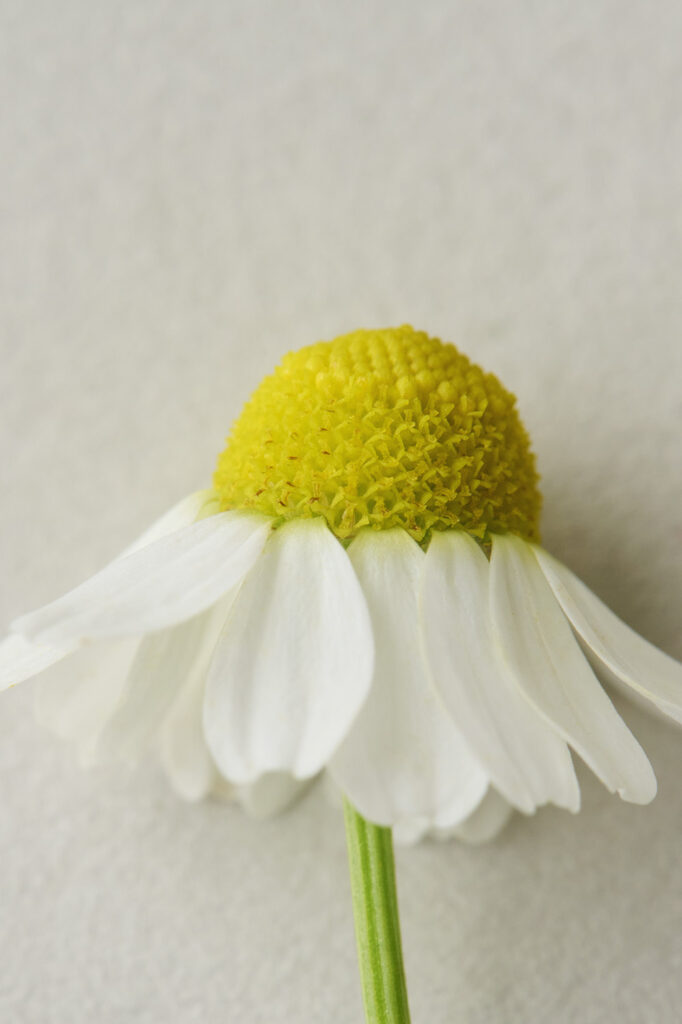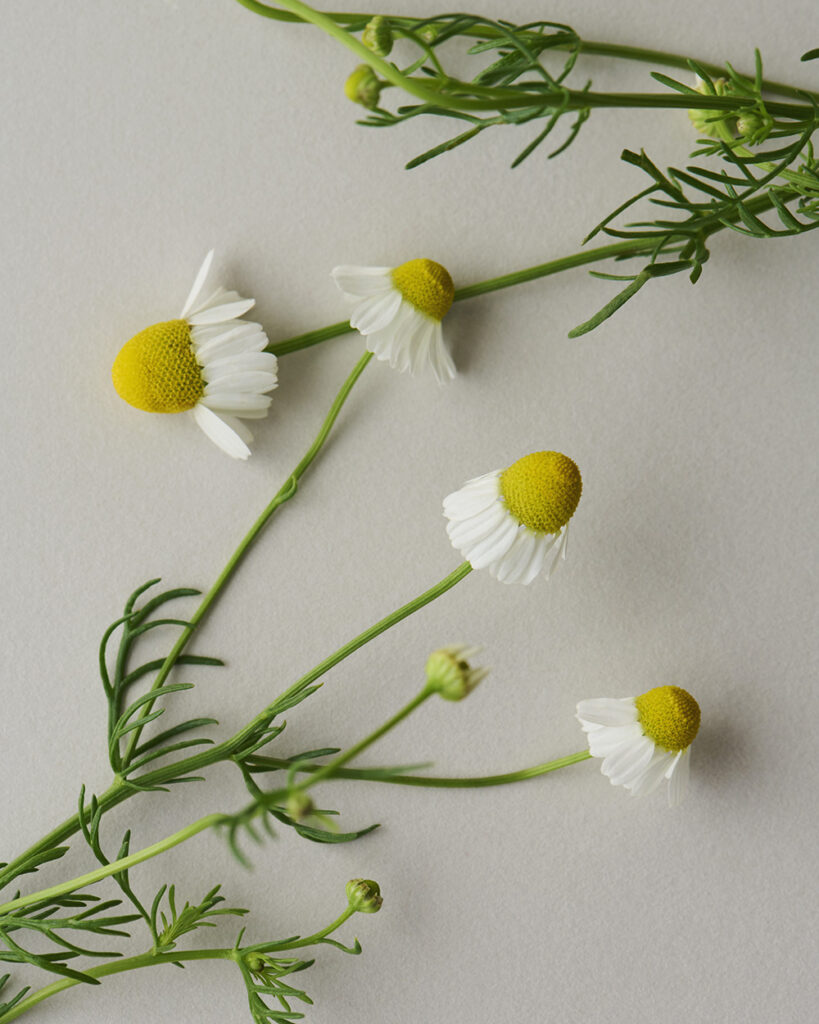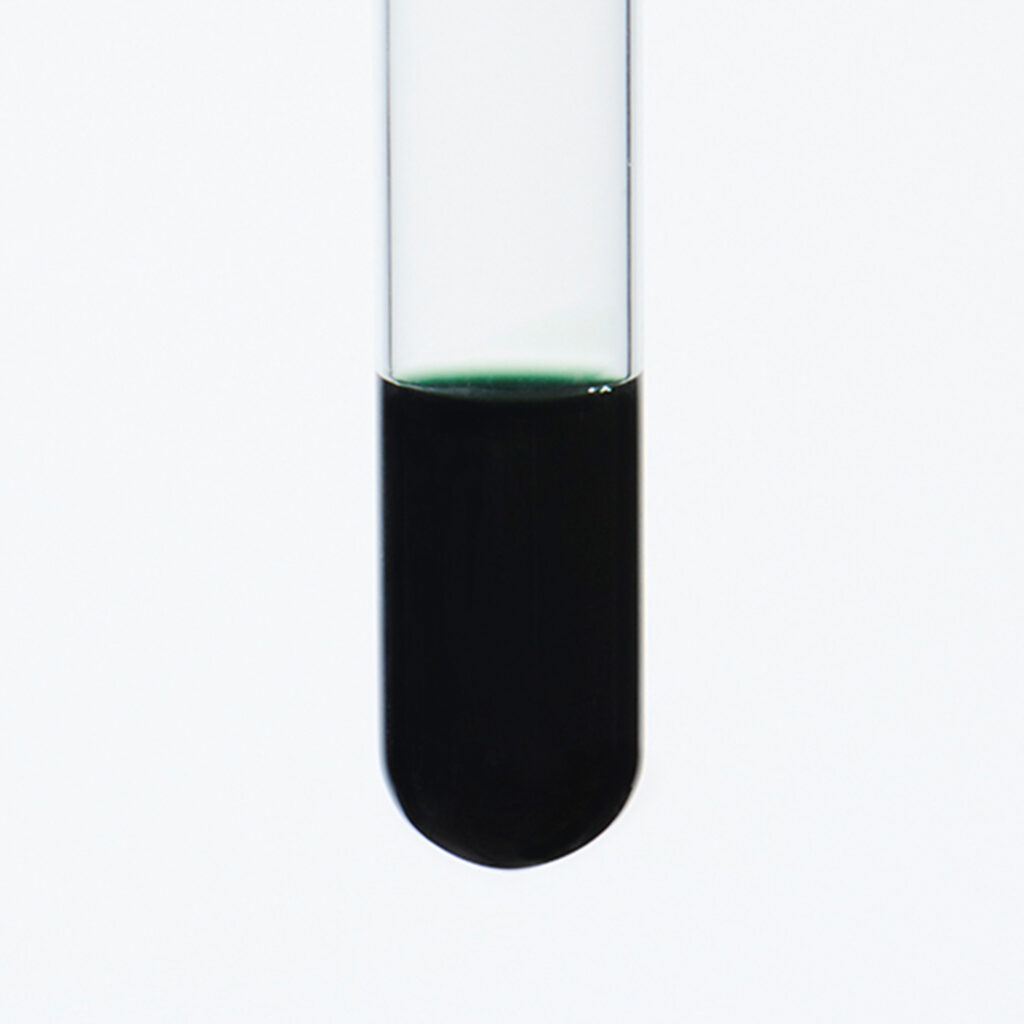German Chamomile, an annual or biennial herb belonging to the Asteraceae family, grows up to about 50 cm tall. It features 2-3 leaves with nearly threadlike leaflets. The flowers are white and emit a sweet and fruity fragrance, reminiscent of apples. The scientific name “Matricaria” is believed to be derived from the Latin word “matrix” (uterus), highlighting its historical use in treating female ailments. In Europe, German chamomile is widely used for medicinal purposes and is particularly popular in herbal teas. While native to Europe, it is cultivated as a medicinal herb, tea ingredient, and ornamental plant in various parts of the world to this day.



